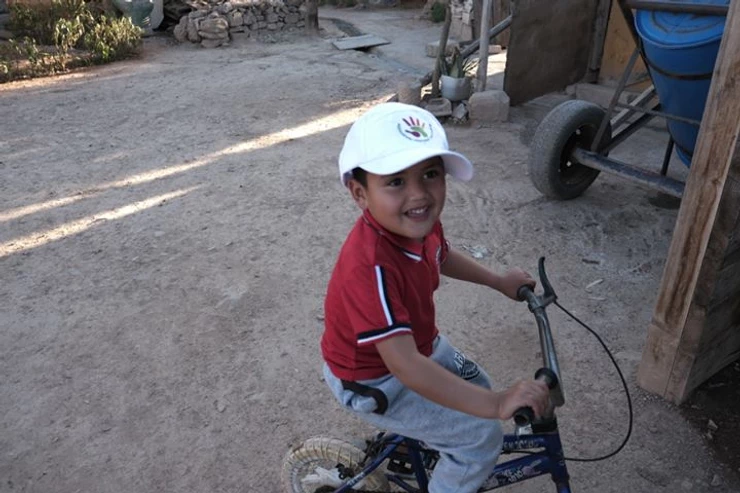Child Poverty: A Global Challenge to Overcome
Figures in constant evolution since the war in Ukraine and the conflict in the Middle East, especially in countries at war.
With more than two billion children in the world, 86% of whom are in developing countries, the alarming reality is that almost one billion, or one in two children, live in poverty. Child poverty goes beyond financial aspects, manifesting itself in severe deprivations in the crucial areas of nutrition, education, and health.
Among the 90 million children suffering from serious nutritional deficiencies, or 16% under 5 years old, access to adequate food remains a daily struggle. Likewise, 13% of children aged 7 to 18 have never attended school, with disparities between genders (16% for girls and 10% for boys). More than a billion children experience at least one form of severe deprivation, and almost 70% of them endure at least two, demonstrating the cumulative effect of these deprivations. Rural regions are particularly affected by this worrying reality.
Children, constituting a third of the population studied, are paradoxically half of the people living in extreme poverty. The youngest are the most vulnerable, with more than a fifth of children under five living in extremely poor households.
Anthony Lake, Executive Director of UNICEF, emphasizes that not only are children more likely to live in extreme poverty, but they also suffer the most harmful effects of this situation. This reality hinders the physical and mental development of children, posing major challenges for their future.
This analysis comes against the backdrop of new research from the World Bank Group, which finds that nearly 767 million people worldwide lived on less than US$1.90 a day in 2013, half of them they being under 18 years of age.
Ana Revenga, Senior Director of the World Bank Group's Poverty and Inequality Reduction Hub, highlights the critical need to invest in early childhood, antenatal care, early childhood development, quality education, access to clean water, adequate sanitation, and universal health care coverage. Breaking the cycle of intergenerational poverty requires significant improvement in these services to provide quality employment opportunities for today's children.
The Global Assessment of Extreme Child Poverty is based on data from 89 countries, representing 83% of the population in the developing world.
Sub-Saharan Africa has the highest rates of children living in extreme poverty, almost 50%, and also accounts for the largest share of extremely poor children in the world, exceeding 50%. South Asia ranks second, with around 36%, including over 30% in India alone. More than four in five children living in extreme poverty reside in rural areas.
The report highlights that even at higher thresholds, poverty continues to disproportionately affect children. Around 45% of children live in households subsisting on less than US$3.10 per day per person, compared to nearly 27% of adults.
UNICEF and the World Bank Group call on governments to regularly measure child poverty, strengthen social protection systems, prioritize investments in education, health, clean water, sanitation , and infrastructure benefiting the poorest children, and to guide strategic decisions so that economic growth favors the most deprived children. Together with their partners, they are committed to breaking cycles of poverty and promoting early childhood development through a diverse range of programs, from cash transfers to nutrition, healthcare and education. 'education.







